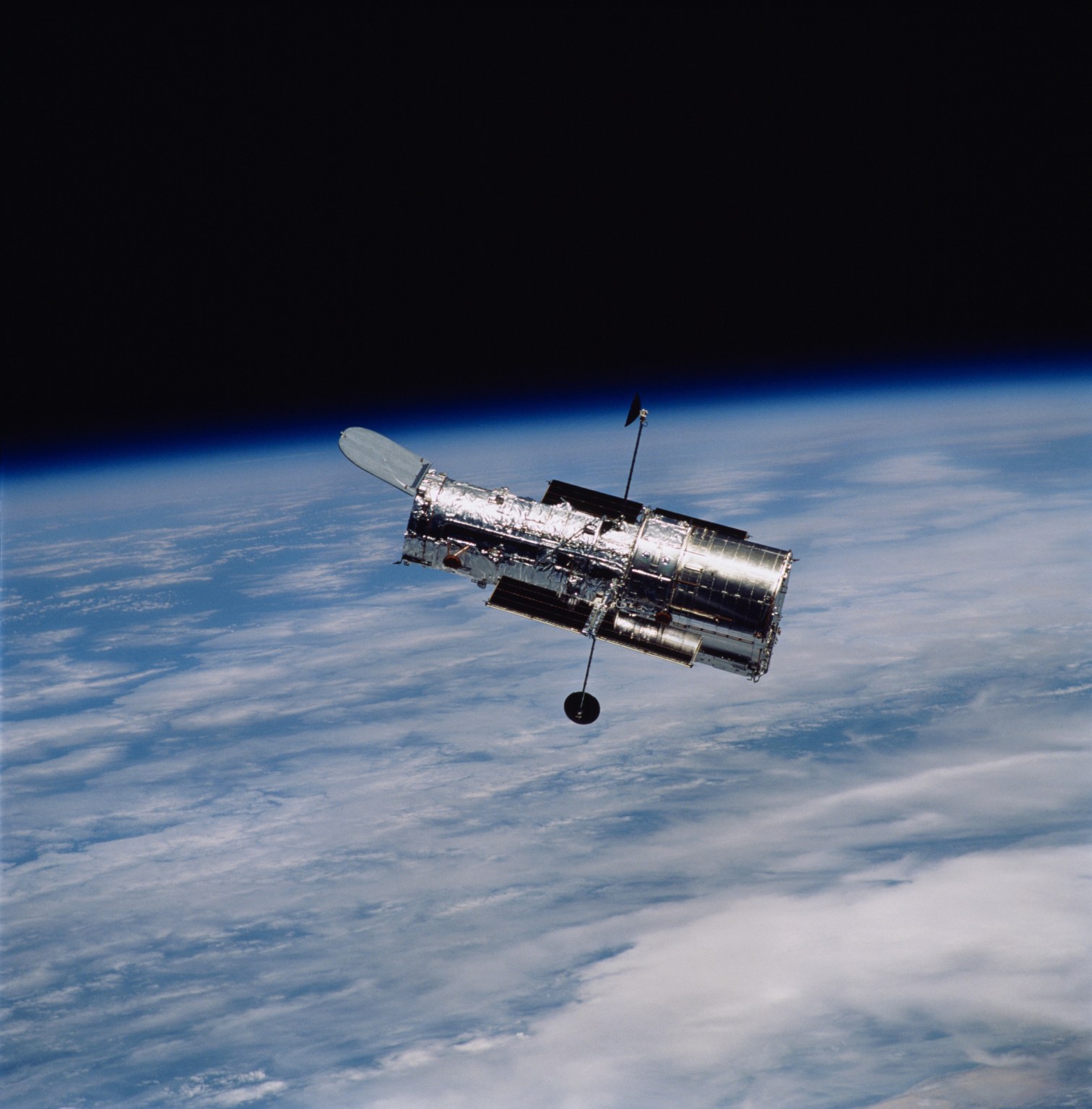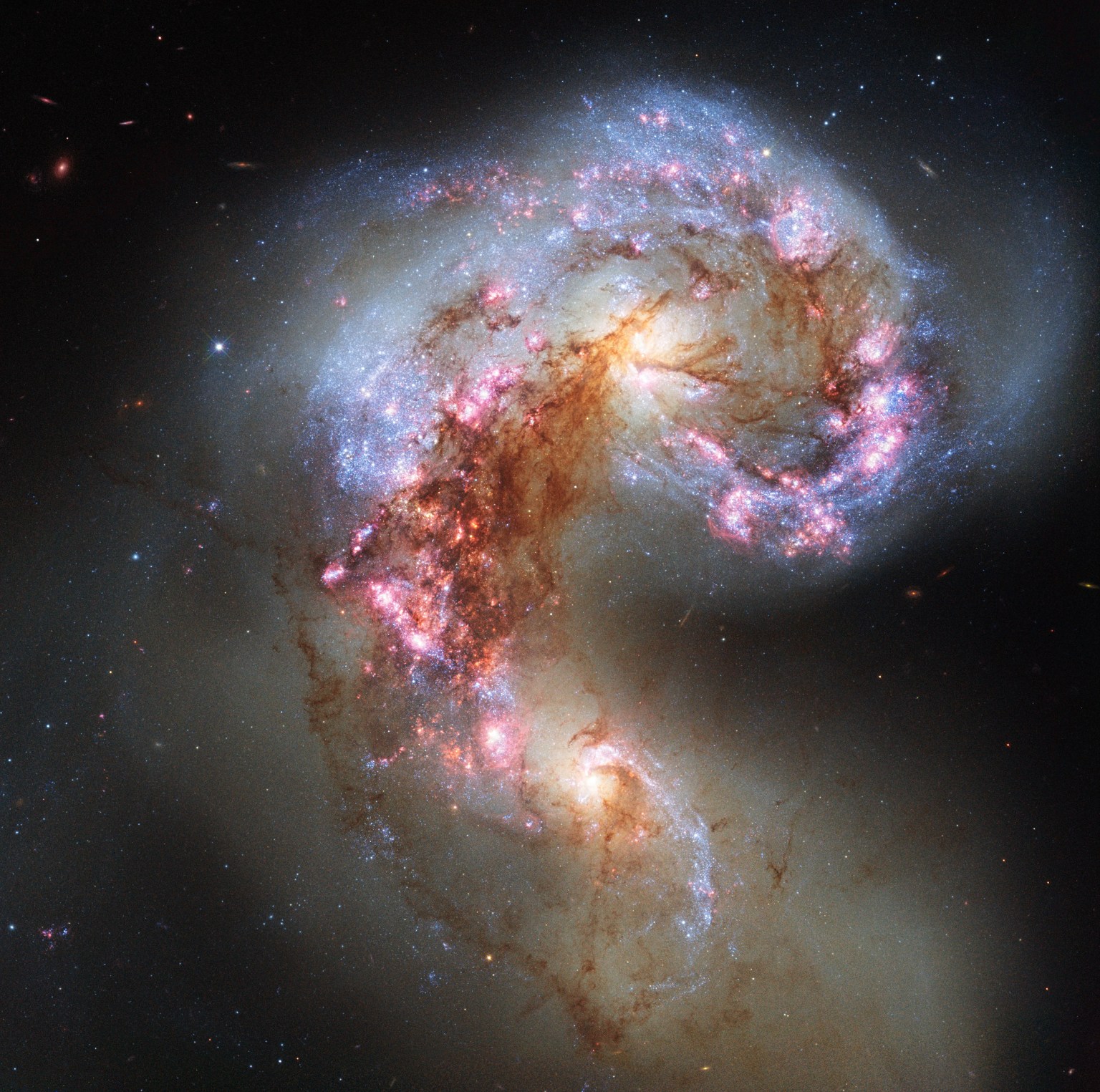Hubble Studies Small but Mighty Galaxy
- Hubble Space Telescope has released an image of NGC 4449, a small but mighty galaxy located 12.5 million light-years away.
- NGC 4449 is a starburst galaxy, meaning it’s forming new stars at a much faster rate than expected for its size, and this global burst of star formation is believed to be caused by interactions with neighboring galaxies.
- The Hubble Space Telescope has been studying NGC 4449 since 2007, releasing new images that incorporate multiple wavelengths of light and provide insights into the galaxy’s star-formation history and structure.
- NGC 4449 provides a unique opportunity for scientists to study how interactions between galaxies influence the formation of new stars, making it an important target for Hubble’s observations.
- The James Webb Space Telescope has also observed NGC 4449, revealing intricate details about the galaxy’s dusty gas and young stars, further expanding our understanding of this fascinating galaxy.
2 min read
Hubble Studies Small but Mighty Galaxy
This portrait from the NASA/ESA Hubble Space Telescope puts the nearby galaxy NGC 4449 in the spotlight. The galaxy is situated just 12.5 million light-years away in the constellation Canes Venatici (the Hunting Dogs). It is a member of the M94 galaxy group, which is near the Local Group of galaxies that the Milky Way is part of.
NGC 4449 is a dwarf galaxy, which means that it is far smaller and contains fewer stars than the Milky Way. But don’t let its small size fool you — NGC 4449 packs a punch when it comes to making stars! This galaxy is currently forming new stars at a much faster rate than expected for its size, which makes it a starburst galaxy. Most starburst galaxies churn out stars mainly in their centers, but NGC 4449 is alight with brilliant young stars throughout. Researchers believe that this global burst of star formation came about because of NGC 4449’s interactions with its galactic neighbors. Because NGC 4449 is so close, it provides an excellent opportunity for Hubble to study how interactions between galaxies can influence the formation of new stars.
Hubble released an image of NGC 4449 in 2007. This new version incorporates several additional wavelengths of light that Hubble collected for multiple observing programs. These programs encompass an incredible range of science, from a deep dive into NGC 4449’s star-formation history to the mapping of the brightest, hottest, and most massive stars in more than two dozen nearby galaxies.
The NASA/ESA/CSA James Webb Space Telescope has also observed NGC 4449, revealing in intricate detail the galaxy’s tendrils of dusty gas, glowing from the intense starlight radiated by the flourishing young stars.
Text Credit: ESA/Hubble
Media Contact:
Claire Andreoli (claire.andreoli@nasa.gov)
NASA’s Goddard Space Flight Center, Greenbelt, MD





